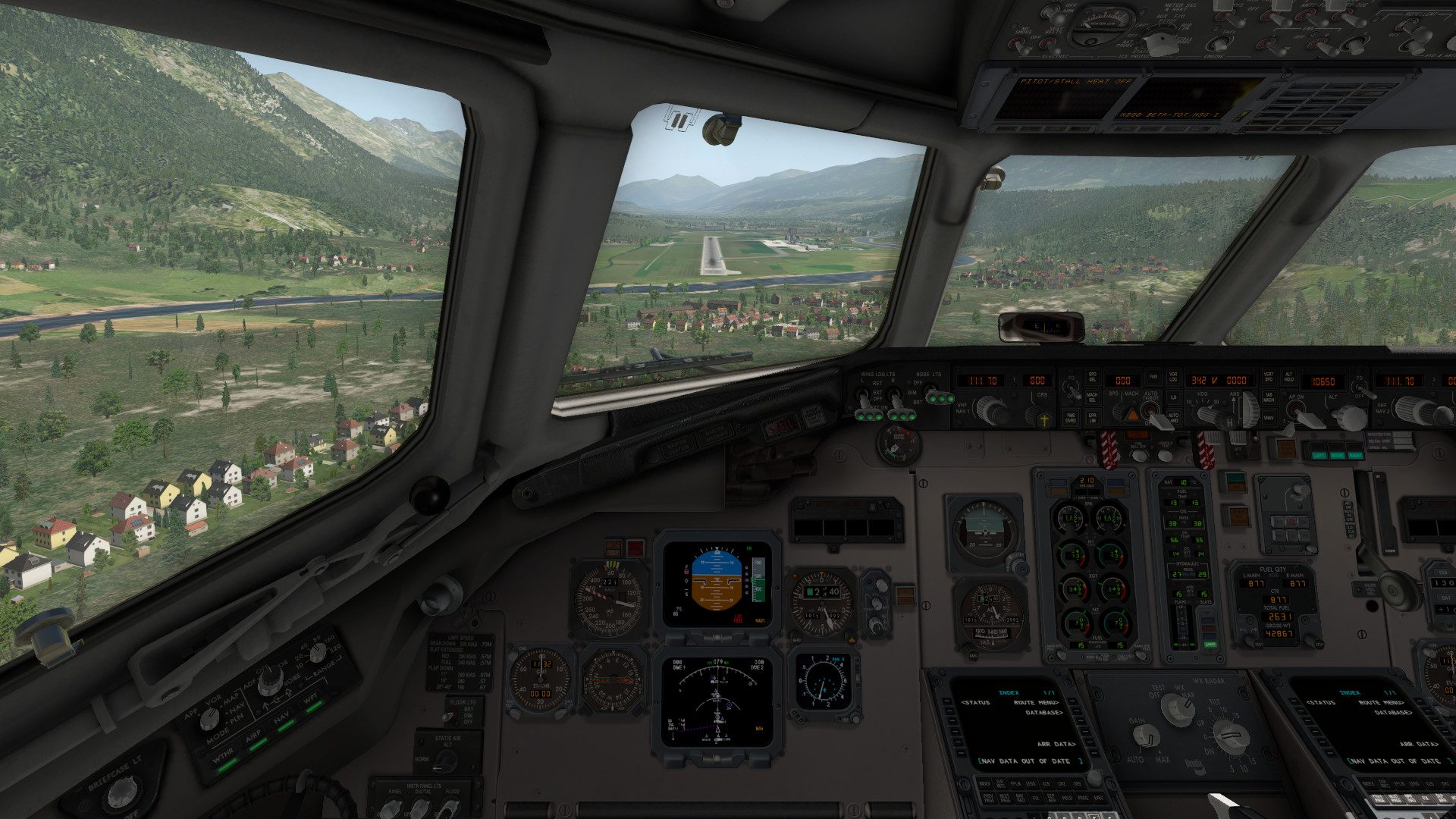

X-Plane support for the device is expected to be available at that time, with support for the developer version available sometime before the consumer version is released. Oculus VR has not announced a release date for the consumer version of the product but it is expected to be released sometime in late 2014. X-Plane will also support positional head-tracking, allowing users to fully experience a 360 degree out-of-window environment, along with using head position to naturally scan the X-Plane virtual cockpit. What makes X-Plane support different is that many existing solutions for the Rift can only fake the stereoscopic effect without considering eye distance. X-Plane will then use stereoscopic 3-D rendering to display the images in the two Oculus Rift eye displays. Once development is finished for X-Plane the Oculus Rift will work on all three X-Plane supported operating systems (Mac, Windows, and Linux) without any additional drivers. The company has sold the first units as development kits, with Laminar Research being one of the early adopters working on supporting the technology. The company, Oculus VR, has produced several prototypes over the past several years and the latest, called Crystal Cove, won “Best of CES” at the 2014 CES show in Los Angeles.


The Oculus Rift is a virtual reality display worn on the head and is one of the forerunners competing in this new mode of 3-D interactive gaming.

Laminar Research, creators of the X-Plane flight simulator franchise, has begun development work on support for the Oculus Rift Virtual Reality Headset. This guy talks a little bit about simulators while he’s flying a game called “War Thunder” The Oculus Rift could very well be the future of flight simulation. Have you heard of the Oculus Rift? If not, you should have.


 0 kommentar(er)
0 kommentar(er)
